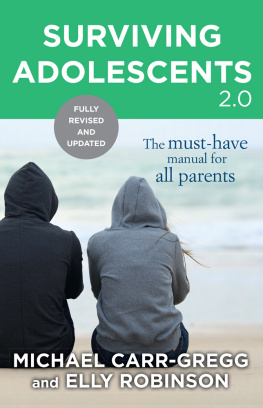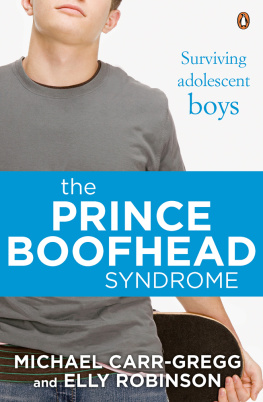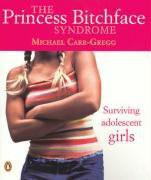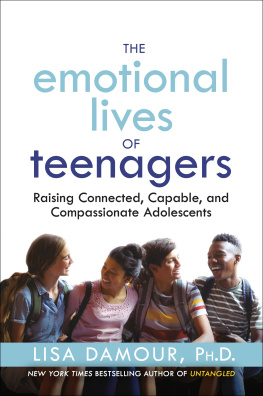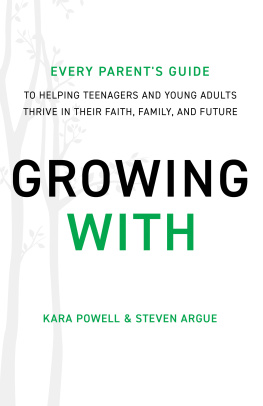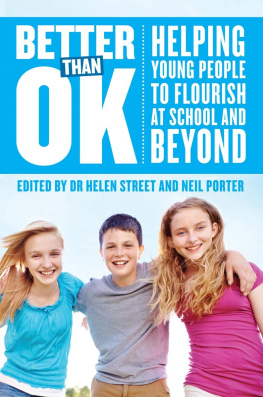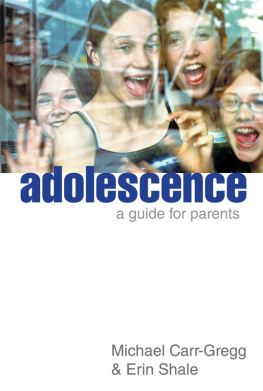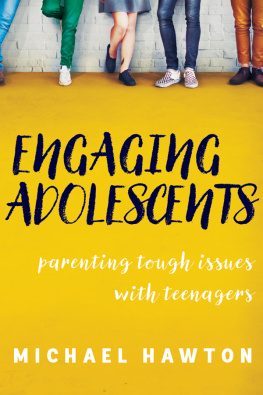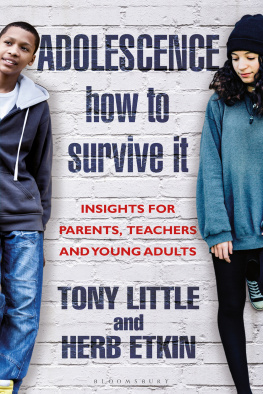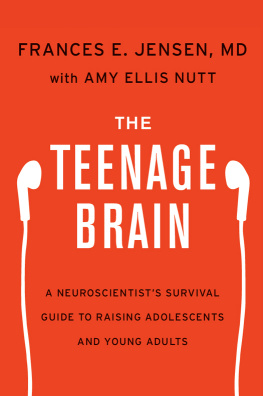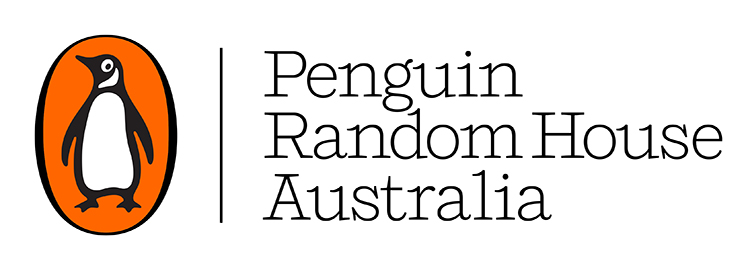Adolescence is one of the most risky growth and developmental periods for our children. Like never before, we need parents, carers and other adults to have the skills, knowledge and strategies to provide this generations young people with the love, stability and routine that they need.
From bestselling authors Michael Carr-Gregg and Elly Robinson comes this fully revised and updated edition of the original bestselling guide to learning how to survive and thrive with your adolescents. It contains all the thorny issues that confront families with teenagers, such as technology, social media, risky behaviours, school and study problems, and much more.
Full of practical strategies for everyday survival, and crammed with the latest research findings, this indispensable guide will teach you how to communicate effectively with young people, defuse family conflict, set limits, avoid common mistakes, and keep the stress of parenting at bay.
I never cease to be amazed by young people and what they can achieve. Take, for example, teen adventurer Jade Hameister. In early 2018, at 16 years old, Jade became the youngest person to complete the polar hat-trick by adding a 37-day journey to reach the South Pole to previous trips across Greenland and to the North Pole. Or Deng Adut, who was taken from his mother at around 6 years old and forced to fight as a child soldier for the Sudan Peoples Liberation Army. At 12 years old he almost bled to death after being shot several times. At 14, he and his brother reached Australia. He knew little English and had barely attended school, but Adut eventually graduated with a Bachelor of Laws and became a defence lawyer in Western Sydney, where he now does much of his work pro bono for the Sudanese community.
These are extreme examples, but they serve to illustrate just how amazing adolescents can be when they put their minds to something, regardless of the fact that they may have grown up in circumstances of pervasive adversity. In my work as an adolescent psychologist, I regularly see young people who are struggling with depression, anxiety, body image and self-harm, and I often need reminding that there are plenty of adolescents who are happily and successfully navigating the journey towards adulthood.
This book focuses on what you as a parent need to know about the adolescent journey in the 21st century to help your teenagers and you thrive. It incorporates the latest research on what creates happy and resilient young people. Of course, the irony of being a parent of a teenager is that by the time you are experienced, your job is done and you are unemployed! This book seeks to fast-track your learning of the key competencies, so everyone benefits in the years that matter.
SO WHY WRITE A NEW EDITION OF SURVIVING ADOLESCENTS ?
Findings from a range of studies and reports in recent years that have examined young peoples mental health and wellbeing give us good reason to increase our focus on the adolescent years. For example, the results from Young Minds Matter, a national survey of over 6000 Australian families in 201314, showed the following in the twelve months prior to the survey:
- One in seven 417-year-olds had experienced a mental disorder. This equates to more than half a million children and young people.
- One in thirteen 1117-year-olds had a major depressive disorder. The highest rate (one in five) was for girls aged 1617 years, of whom one in twenty had also attempted suicide.
- Almost half of young people with depressive disorders experienced a severe impact on their lives, including a high number of school absences.
- One in five adolescents (1217 years) suffered from high to very high levels of psychological distress.
- One in twelve adolescents had self-harmed in the previous twelve months. Self-harm is far more common among young women compared to young men.
- One in thirteen adolescents had seriously considered suicide, and one-third (or more than 40 000) of these had attempted suicide.
The Australian Bureau of Statistics, which releases information on causes of death each year, reported that in 2015, suicide rates among young Australians were at their highest level in ten years, with female suicide rates for 1519-year-olds doubling in this period. Rates of suicide and self-harm are particularly high for young people with an experience of mental illness, LGBTIQ young people, young people living in rural and remote areas and Aboriginal and Torres Strait Islander young people.
School and family stressors also contribute to mental health disorders. The Young Minds Matter survey found that mental disorders were particularly common in families that faced other challenges, such as unemployment or family separation. When it comes to education stressors, a study by the UNSW School of Education in 2015 confirmed what many teachers and parents already knew Year 12 in particular is highly stressful for many students. Almost half reported anxiety at a level of clinical concern, which is nearly double the population norm, and one in seven reported extremely severe levels of anxiety. Things dont seem to improve once students move on to university, either. The National Tertiary Student Wellbeing Survey, conducted in 2016, showed that one in three higher education students (1625 years) reported that thoughts of suicide or self-harm affected their studies, and two-thirds self-reported high to very high levels of psychological stress.
Its as if, in the past ten years or so, our teenagers have experienced a seemingly relentless emotional siege. This is a calamitous picture of failing mental health compared to previous generations. It seems like risk factors are swamping any available protective factors in young peoples lives, as both boys and girls are carpet-bombed with social media and advertising images that undermine self-esteem, influence food choices and erode self-confidence.

